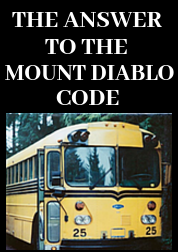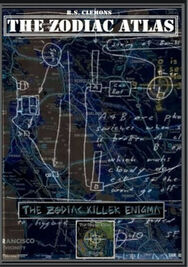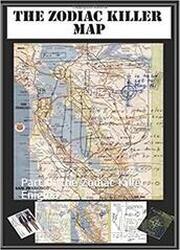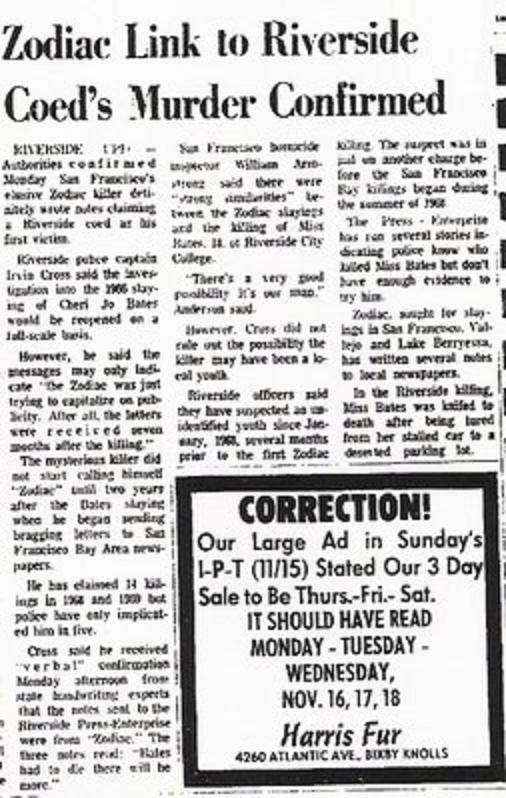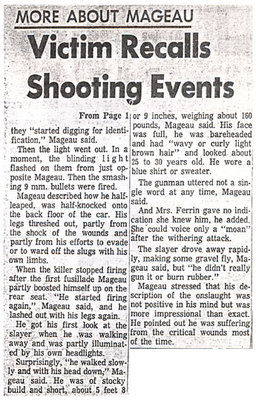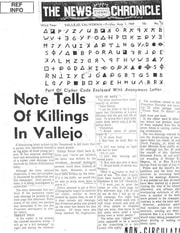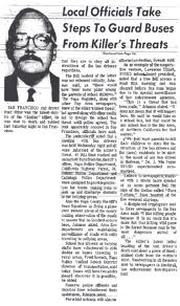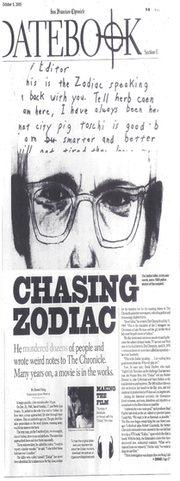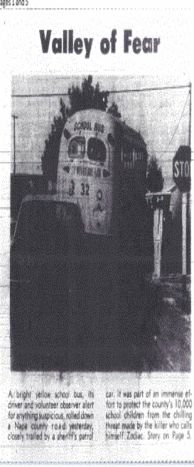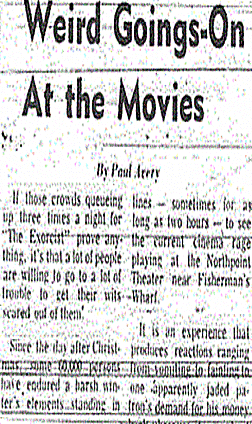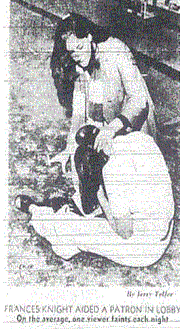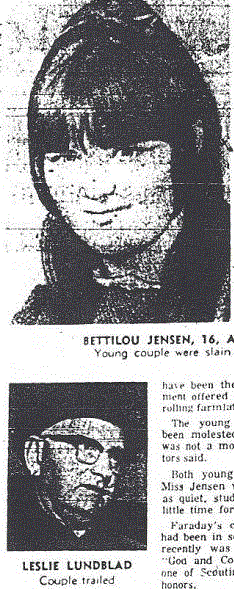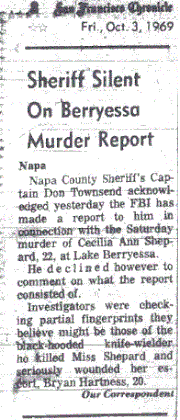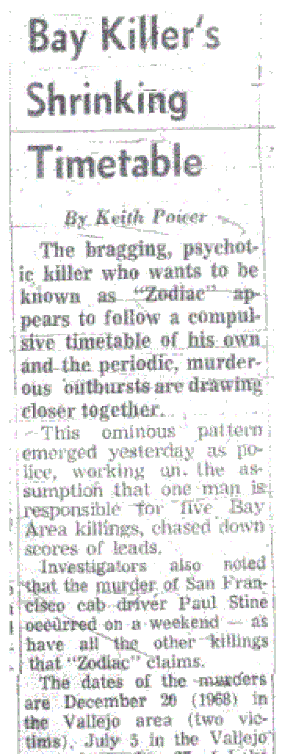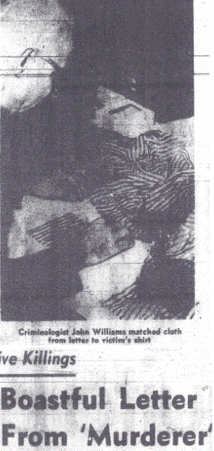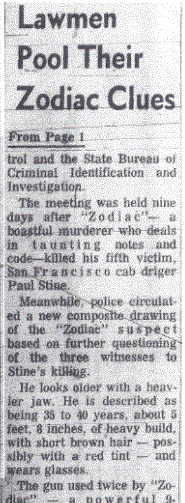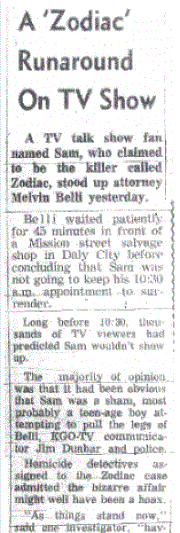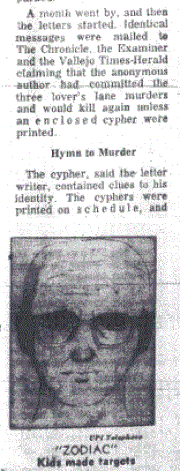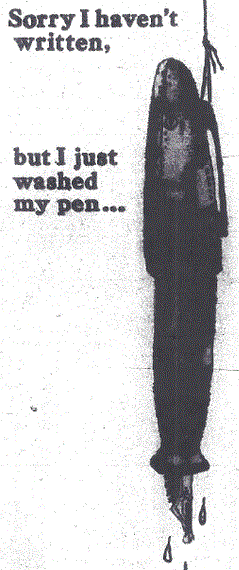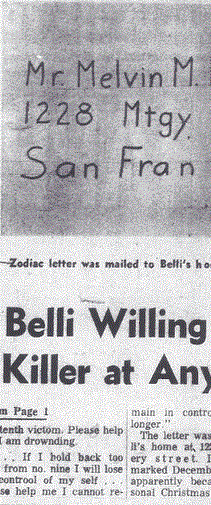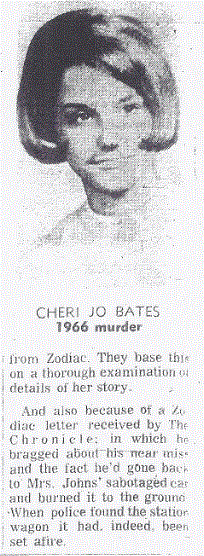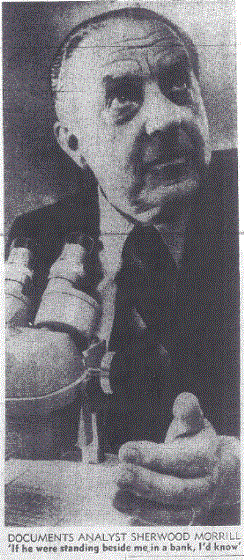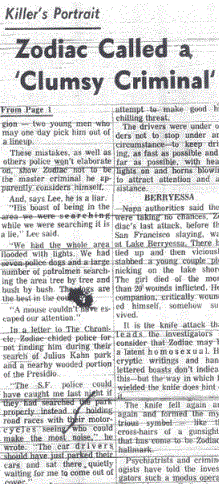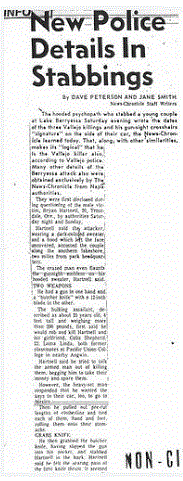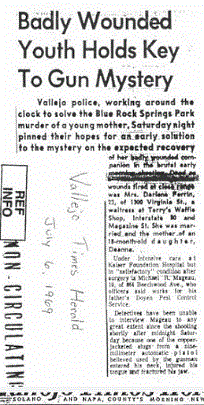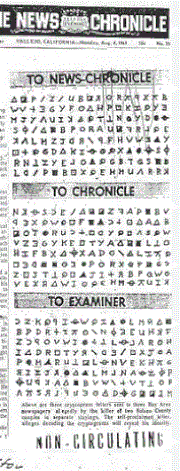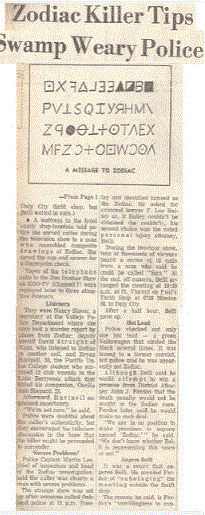 Drew Beeson, author of "Sighting in on the Zodiac Killer". Click image for book.
Drew Beeson, author of "Sighting in on the Zodiac Killer". Click image for book. There are two key statements within the press release that reveal why Sheriff John Carpenter believed Arthur Leigh Allen was probably responsible for the murders of Robert Domingos and Linda Edwards at Canada Del Molino in Santa Barbara. When referencing the double murder, the 1972 press release stated "Over a year ago, Sheriff's Detectives began a thorough study of the case, examining and re-evaluating all aspects of the crime". But why did they re-evaluate the Gaviota Beach murders just over a year ago? The press release was issued early November 1972, so just "over a year ago" could be interpreted as being August or September 1971, when on August 4th 1971 Sgt. Jack Mulanax, Inspector David Toschi and Inspector Bill Armstrong traveled to Pinole, California to interview Arthur Leigh Allen at his workplace. This was preceded by a July 19th 1971 report naming Arthur Leigh Allen as a possible Zodiac suspect, and a March 13th 1971 Zodiac letter implying he had committed more murders down south.
 Arthur Leigh Allen
Arthur Leigh Allen Gian Quasar, an avid Zodiac researcher, wrote "Native Lompoc son, Mike McVicar, remembers Leigh Allen well. Allen struck him as being really weird. But McVicar being a car aficionado, and Allen being quite a car buff, they did go to a few car shows together. McVicar, however, remembers that Leigh lived in Lompoc before 1963. McVicar, and so many others, were also used to seeing Leigh at the local public pool, where he was the lifeguard. McVicar recalls what so many others have recalled about Allen.that “For a fat guy, he was a really good diver". Tom Voigt's website details that from "1959-1962: Allen, attempting to gain his teaching credential, was hired by Santa Rosa Elementary in Atascadero, Calif". Santa Rosa Elementary is 58 miles north of Lompoc and 50 miles north of the Vandenberg Air Force Base Exchange where the ammunition may have been purchased that killed Robert and Linda. Gian Quasar has already concluded that Sheriff John Carpenter was referring to Allen in the press release, stating "It seems unquestionable that Carpenter was referring to Leigh Allen. It wouldn’t have been difficult for Carpenter to have established that Leigh Allen once lived in a trailer near Lompoc". Where exactly he was living is unknown, but its proximity to the Vandenberg Air Force Base, which is 30 miles (by crow) northwest of the Domingos & Edwards crime scene, may have peaked his interest. But there is more.
It is doubtful investigators overlooked the possibility that if Allen was loosely acquainted with Michael McVicar, there was a good chance that Arthur Leigh Allen may have visited Lompoc many times prior to, and during 1963, relevant to the time period of the murders. The newspaper cutting on the left from the Lompoc Record on May 15th 1963 mentioned the Lompoc Sports Car Club, who not only sponsored a hare and hound rally in the city that same day, but ran other tours and motor events monthly, including a club meeting on the last Sunday of each month. That meeting in 1963 would have taken place on June 30th. Something such as this could have placed Allen in the Lompoc area in the days or weeks prior to the Gaviota Beach murders, had his common interest in car racing with McVicar extended to these functions.
It is extremely likely that the interest shown in Allen by investigators in the Bay Area, coupled with his Santa Rosa Elementary and Lompoc connections, were the driving force behind the press release of Sheriff John Carpenter in 1972. Allen's admission in a 1971 interview to having bloody knives in his possession the day of the Lake Berryessa attack, when Bryan Hartnell and Cecelia Shepard were bound and brutally stabbed on September 27th 1969, must also have peaked their interest with respect to the Domingos & Edwards murders.
If there was a possibility that Allen, strongly suspected in 1971 to be the Zodiac Killer, could be placed in the Lompoc area, 30 miles northwest of a double murder in 1963, that bore similarities to the Lake Berryessa attack in the mind of investigators, it may explain the confidence expressed within the press release when they wrote "we have found that there appears to be a high degree of probability that this subject is responsible for the double murder in our county". That "subject" being Arthur Leigh Allen. This confidence may have been premature, and might explain why no follow up to this press release has ever seen the light of day.






















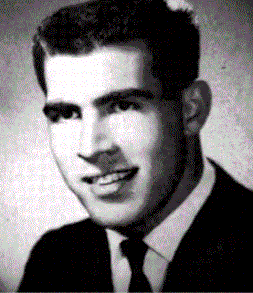
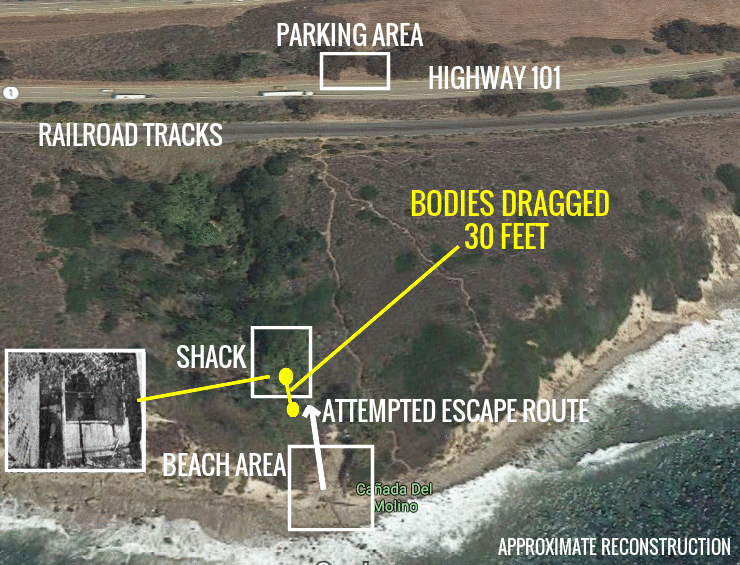
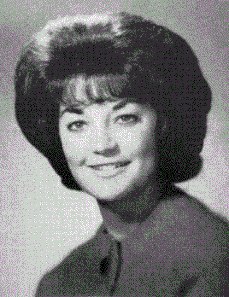
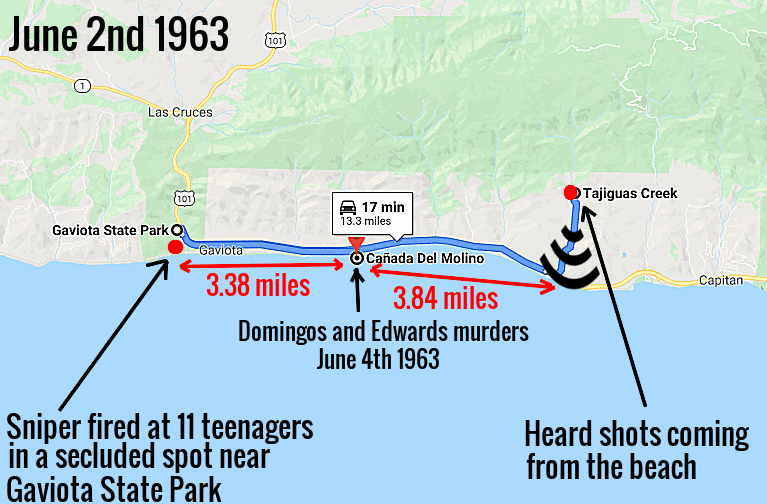
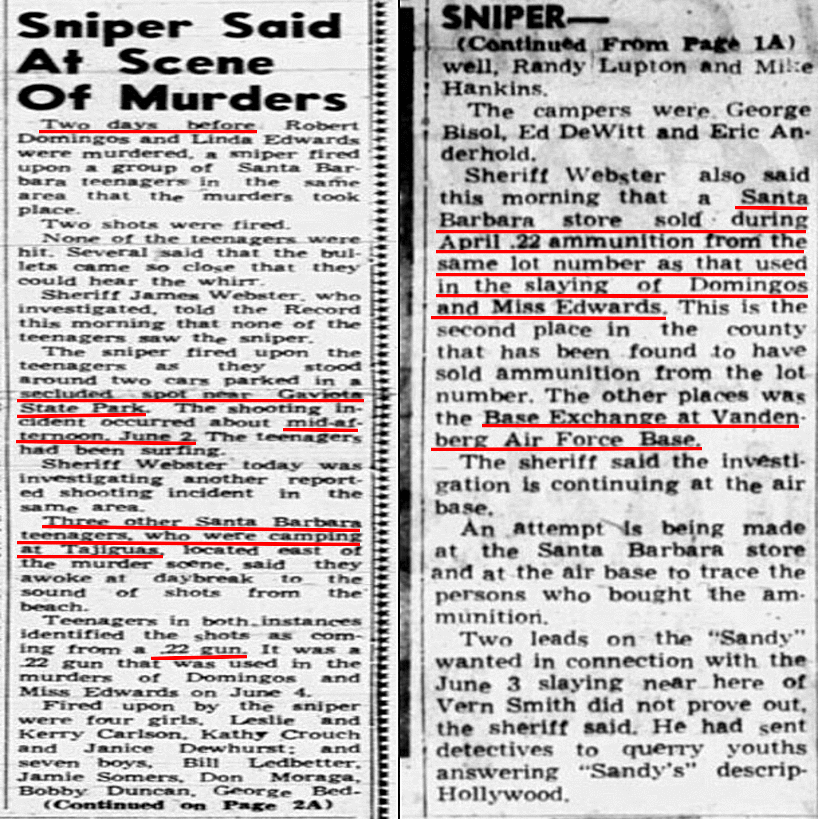
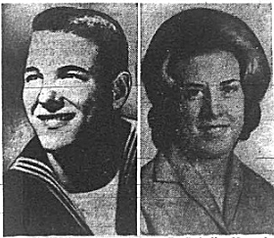
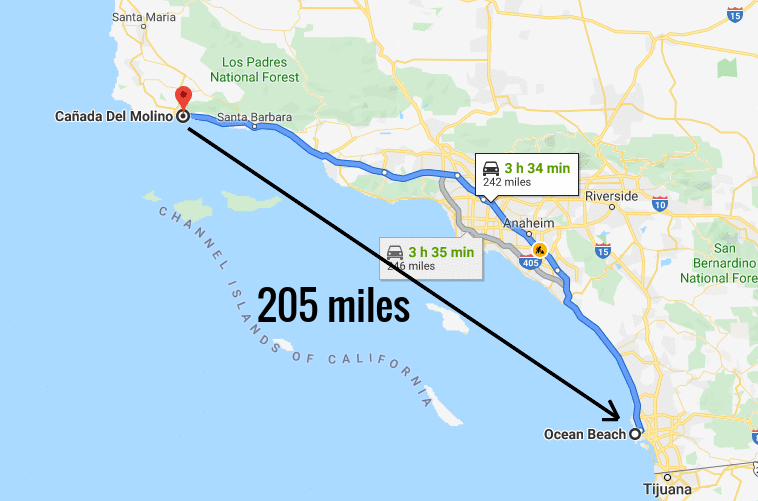
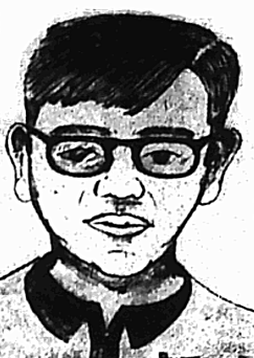

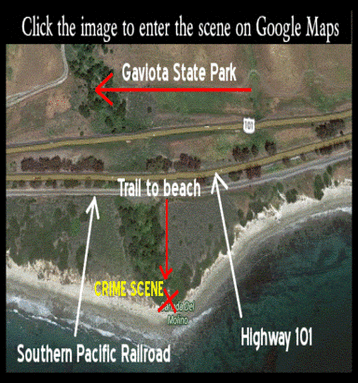
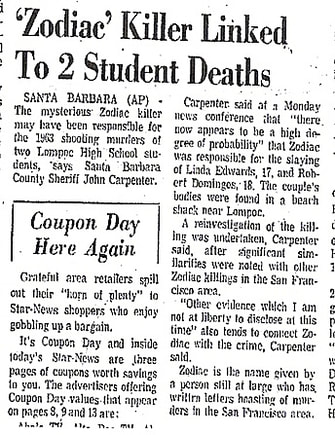
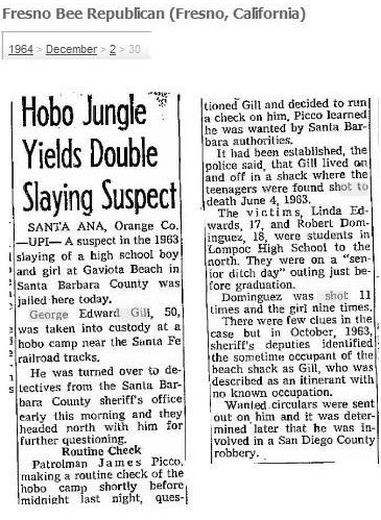
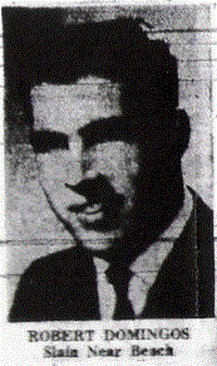
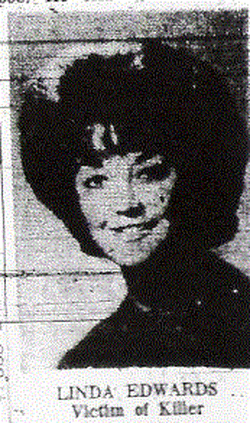




 RSS Feed
RSS Feed

